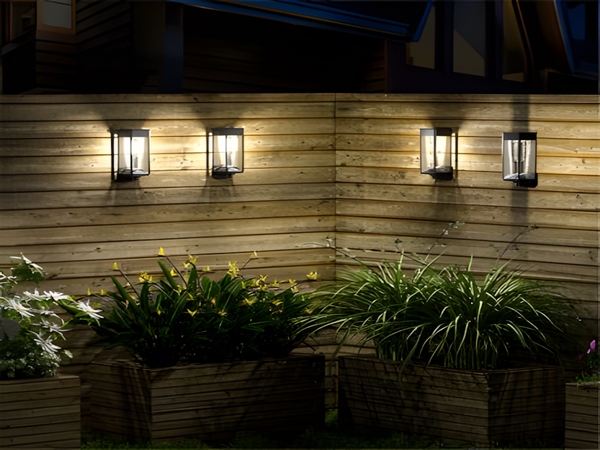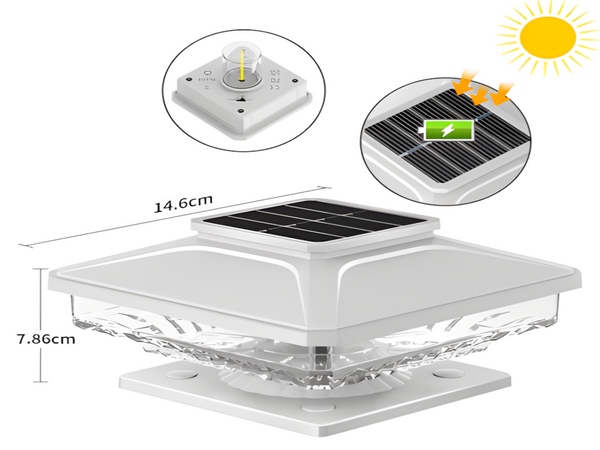
In lighting engineering, solar street lights play an increasingly important role in outdoor lighting due to their ease of installation and independence from grid wiring. Compared to traditional street lighting products, solar street lights effectively save energy and reduce daily expenses, making them highly beneficial for users. However, there are several key issues to consider when using solar street lights in the summer, as outlined below:
1. Temperature Effects
With the arrival of summer, the storage of lithium batteries is significantly affected by rising temperatures. Particularly after exposure to sunlight and thunderstorms, it is essential to regularly check and maintain the system. If the capacity of the lithium battery fails to meet usage requirements, it should be replaced promptly to avoid impacting the normal operation of the solar street light. The controller, as the core component of solar street lights, must be inspected for waterproof performance. Open the compartment at the bottom of the solar street light and extract the controller to check for any loose connections, poor contact, or signs of water infiltration. If any such issues are discovered, corrective measures should be taken immediately to eliminate potential safety risks. Summer brings an abundance of rain; although it typically does not enter the light pole directly, the evaporation of rainwater into steam under high temperatures can short-circuit the wiring. During the rainy season, it is crucial to pay closer attention to these specific situations to prevent future occurrences.

2. Weather Effects
Most regions in our country have a subtropical monsoon climate, where convective weather is common in summer, leading to frequent rain, thunderstorms, and typhoons. This poses a genuine challenge for street lights situated at high altitudes or on relatively weak foundations. Solar street light panels may loosen, lamp heads may fall off, and poles may tilt, which not only disrupts normal lighting operations but also poses significant safety risks for pedestrians and vehicles in densely populated areas. As the saying goes, prevention is better than cure. Safety performance checks and maintenance of solar street lights should be conducted in advance to significantly reduce the occurrence of such adverse events. Inspect the overall condition of the solar street lights to ensure that panels and lamp heads are secure, poles are upright, and bolts are tightened. Any issues should be addressed urgently to prevent accidents.
3. Tree Effects
In recent years, our country has placed greater emphasis on greening projects, leading many solar street light projects to follow suit. However, during summer thunderstorms, trees near solar street lights are prone to being uprooted by strong winds, resulting in damage or destruction. Thus, it is advisable to regularly trim trees around solar street lights, especially during the summer when plant growth is vigorous. Ensuring the stable growth of trees can reduce damage to solar street lights caused by falling trees.

The above points about the precautions for using solar street lights in summer have been shared here. If users notice that their solar street lights are not illuminating during the summer, there may be issues due to aging lights, prolonged battery use, or inherent quality problems with the products. Additionally, summer exposure to intense sunlight and thunderstorms can lead to issues in areas such as batteries and controllers. Therefore, it is essential to protect solar street lights during summer through regular inspection and maintenance.



